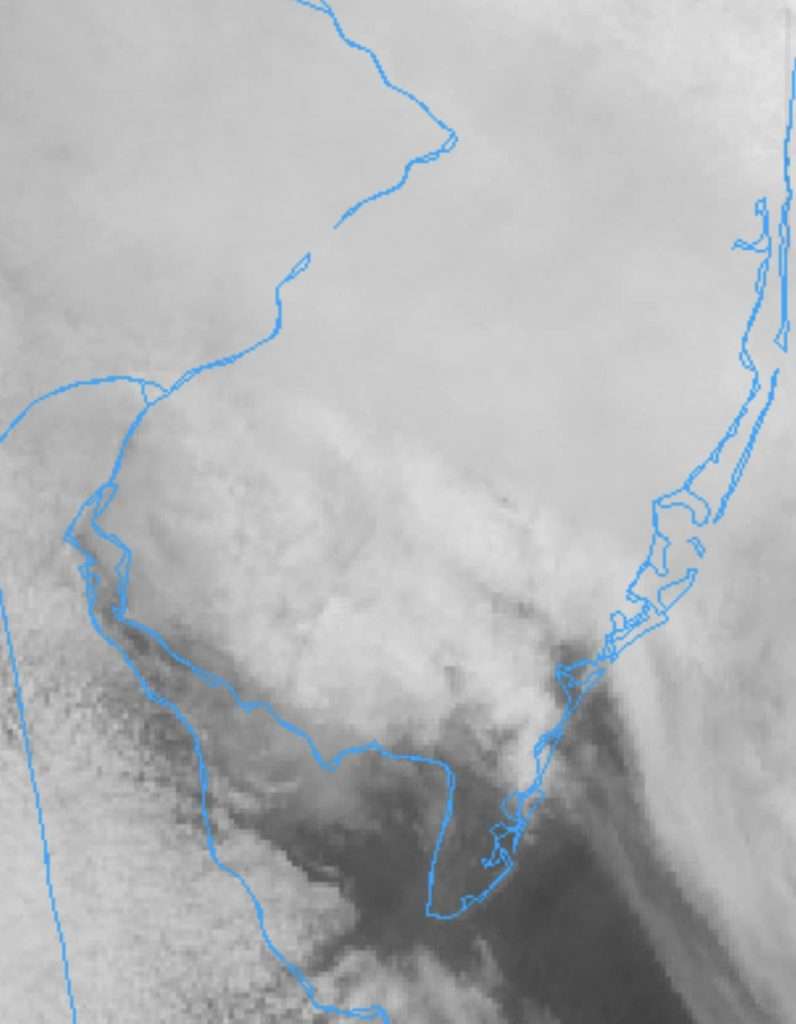Understanding the Cape May Bubble Phenomenon
Located at the southern tip of New Jersey, Cape May is not just renowned for its pristine beaches and charming Victorian architecture; it is also the center of a peculiar weather phenomenon referred to as the “Cape May Bubble.” Residents often speak of this bubble, claiming that storms either divert around the area or dissipate altogether before reaching the town, while neighboring regions are heavily impacted by rainfall.
What Exactly is the Cape May Bubble?
So, what causes this intriguing occurrence? The answer can be found in the unique geographical features surrounding Cape May. The region is strategically positioned between the Atlantic Ocean and the Delaware Bay. This advantageous location plays a crucial role in moderating local temperatures and often serves to weaken or redirect storm systems before they can reach the town.
The Role of Sea Breezes and Atmospheric Conditions
In addition to its geographical positioning, the occurrence of sea breezes—cool air that flows from the ocean inland—contributes to the phenomenon. These breezes can disrupt incoming storm systems, further contributing to Cape May’s reputation as a sheltered enclave.
The local climate dynamics are also influenced by a variety of atmospheric conditions, including pressure differentials and the positioning of the jet stream. When these elements align favorably, Cape May manages to avoid the brunt of adverse weather, reinforcing the idea of the “Cape May Bubble”
Is There Really a Shield?
While residents may feel they are under some sort of protective barrier, scientific evidence shows that this bubble is not an actual shield against the weather. Instead, it serves as an excellent illustration of how local geography can significantly impact weather patterns and forecasts.
Weather Influence Table
| Weather Factor | Impact on Cape May |
|---|---|
| Geographical Position | Between Atlantic Ocean and Delaware Bay, helps in moderation |
| Sea Breezes | Cool air disrupts approaching storms |
| Atmospheric Conditions | Pressure differences and jet stream placement contribute to favorable weather |
| Storm Divergence | Storms often split or dissipate, avoiding the area |
Conclusion
The “Cape May Bubble” may not be a tangible shield against storms, but it is certainly a fascinating example of how the interplay of geographic features, local climate, and atmospheric conditions can dramatically alter weather predictions. Cape May continues to remain a curious case for meteorologists and a point of pride for its residents.

